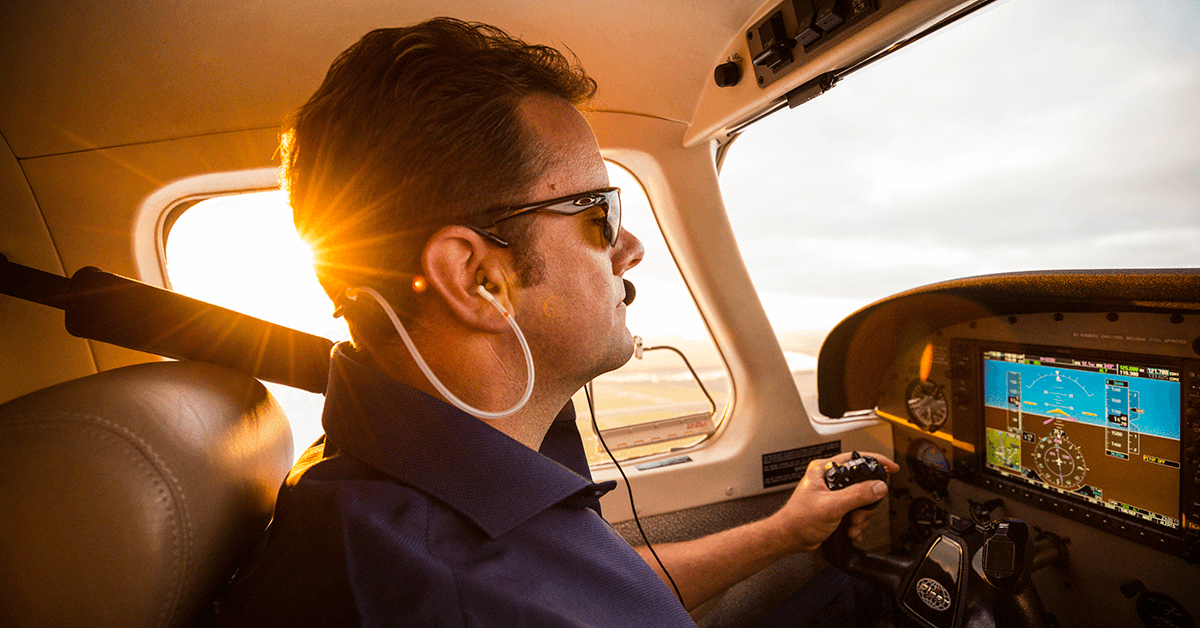
July 16, 2021
With the first compliance date for the FAA’s new Pilot Records Database (PRD) coming on Sept. 8, experts taking part in the latest NBAA News Hour shared a summary of the new rule and its applicability to Part 91 flight departments; air carriers, including Part 135 operators; and pilots.
The PRD regulations are effective Aug. 9, with rolling compliance dates beginning Sept.8 through Sept. 9, 2024.
Moderator Doug Carr, NBAA’s senior vice president of safety, security, sustainability and international affairs, thanked attendees for their impact on the final rule language, saying the business aviation community was “successful in driving back some of the most onerous aspects of the rule.”
More than 800 comments were submitted to the public docket, Carr added, many those from NBAA members.
“Your voice does matter,” said Carr.
Marina O’Brien, an associate at Holland & Knight LLP, gave an overview of the new Part 111, which establishes reporting and reviewing requirements for certain entities through a central database.
Entities subject to the rule – including certain Part 91 operators, Part 91(K) program managers and Part 121, 125 and 135 operators – must register for PRD access by Sept. 8. By Sept. 9, 2024, the PRD will phase out the Pilot Records Improvement Act information-sharing requirements and become a central depository for both FAA and employer-related pilot records.
Greg Reigel, a partner at Shackelford, Bowen, McKinley & Norton, LLP, explained the rule’s applicability to corporate flight departments operating two or more airplanes requiring a type rating or turbine-powered rotorcraft, as well as public aircraft and certain air tour operators. These operators must register for PRD access by Sept. 8.
By June 10, 2022 – or within 30 days of commencing operations, if a new operator or newly subject to the rule – these operators must submit information on drug and alcohol testing (if applicable), training/qualification/proficiency, final disciplinary actions, final separation from employment and certain historical data (which is voluntary) within 14 days of receiving a request for such information, if the operator possesses that information.
Air Carriers Regulations
Air carriers, including Part 135 operators, have more obligations through the PRD, explained Paul Lange, managing member of Paul A. Lange, LLC. These operators must also register for the PRD by Sept. 8, establishing a responsible person to supervise the PRD process and naming an authorized user(s). In addition to submitting records, Part 135 operators also play a consumer role, accessing pilot records during the hiring process. The FAA has published job aids for each role of PRD user. View the job aids.
“The theme is attention to detail,” said Lange. “Do exactly what is required of you [in the job aids] based on your role to make sure you do exactly what is required in each circumstance.”
Air carriers must begin using the PRD for FAA record evaluations no later than Dec. 7, 2021, and for all other records no later than June 10, 2022. Air carriers must upload historical records starting on June 12, 2023 and no later than Sept. 9, 2024, with the compliance date dependent on the age of the individual historical record.
Until Sept. 9, 2024, it may be necessary to obtain and review pre-hire records using both PRIA and PRD processes.
Jason Herman, CAM, chair of the NBAA Domestic Operations Committee, said pilots may see some benefits to the PRD, including increased knowledge of what their records contain and the ability to correct errors.
“Instead of wondering what might be in your records, the pilot will have access to that information in advance and can see what is being sent to a requesting entity,” said Herman.
All experts said it’s crucial to clearly understand that only records related to pilot performance are subject to PRD regulations and do not recommend submitting records that are not required.


 International Business Aviation Council Ltd.
International Business Aviation Council Ltd.